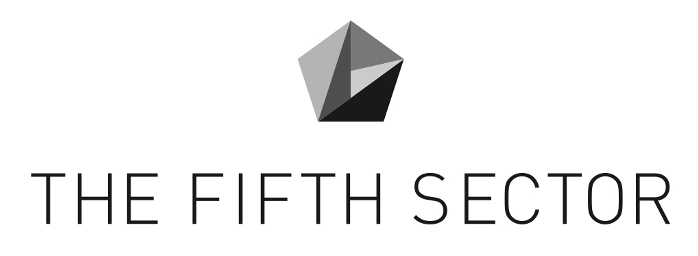Creative Alchemy
Since I announced my intention to publish a book, Creative Alchemy, many conversations have started with the same question: ‘when is your book out?’ The answer is, as soon as I have finished it, and I’m aiming for Autumn 2025. There are no chapters yet formed in a way I would be happy to share in public, but I thought I’d offer some insights into the process, and make a commitment to provide more regular short-form updates on progress in the months ahead.
Creative Alchemy is focused on developing an understanding of the ways in which people approach the same opportunity from very different perspectives. I’ve elected to look at this through the lens of four character ‘archetypes’ - therefore, I thought it was appropriate to write the book using four different techniques. This decision has already produce some interesting insights.
The first method I am using is what you might conventionally understand as the way writers work: sitting down in front of the word processor and compiling sections of text to fit within the draft chapter structure. The second, reflecting the way in which the creative industries have embraced ‘AI”, involves compiling prompts for ChatGPT (other massive language models are available) to provide a wider field of reference and immediate feedback on content and structure.
The third and fourth models are less intuitive and more kinaesthetic. One of them is good old-fashioned handwriting. Sitting down and writing by hand is still one of the best ways of getting thoughts on paper. Studies also indicate that handwritten notes are more easily recalled by the writer than typewritten ones - I look forward to seeing whether that is borne out in practice. Handwriting is also very much more responsive to the need of a great number of creative people to experience something physical as a way to generate an emotional sensation that guides the content and form of the output. And the final method is the one I am using now: that is, to use automatic dictation software as a way to capture my thoughts, and editing the resulting text on screen.
Dictation software is very patient. It waits for your thoughts. However, the gap between ideas forming and their expression can be disturbingly large. That means that paradoxically, dictation is the form least like conversation, particularly group conversation: in an environment which invites and examines competing ideas, there is no way that the archetypes featured in this book would sit around the table and allow such space for contemplation or allow one viewpoint to have unlimited time.
For someone whose life has been very much about words, it surprised me how difficult it is to speak your thoughts in a structured way for any length of time without reverting to writing things down. The experience brought home one of the main reasons that I wanted to write this book: to highlight different problem-solving techniques, and to explore in greater depth how diverse approaches influence the different ways in which people think about the same problem. In this way, the process of writing the book is a reflection on the subject matter of the book: how can those different skills and propensities combine to provide the best, most creative and resilient outcome to the challenges and opportunities inherent in developing creative infrastructure and systems?


